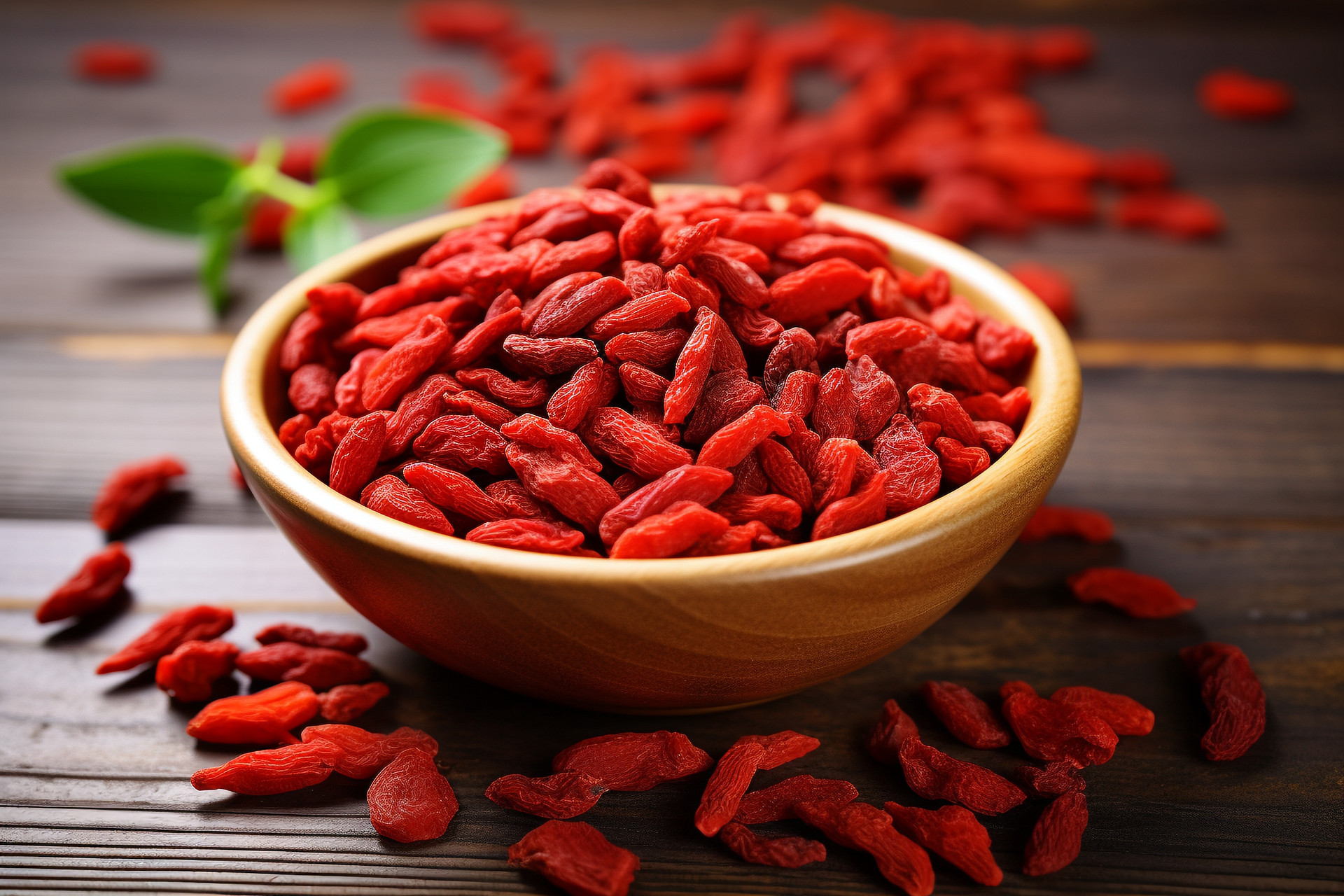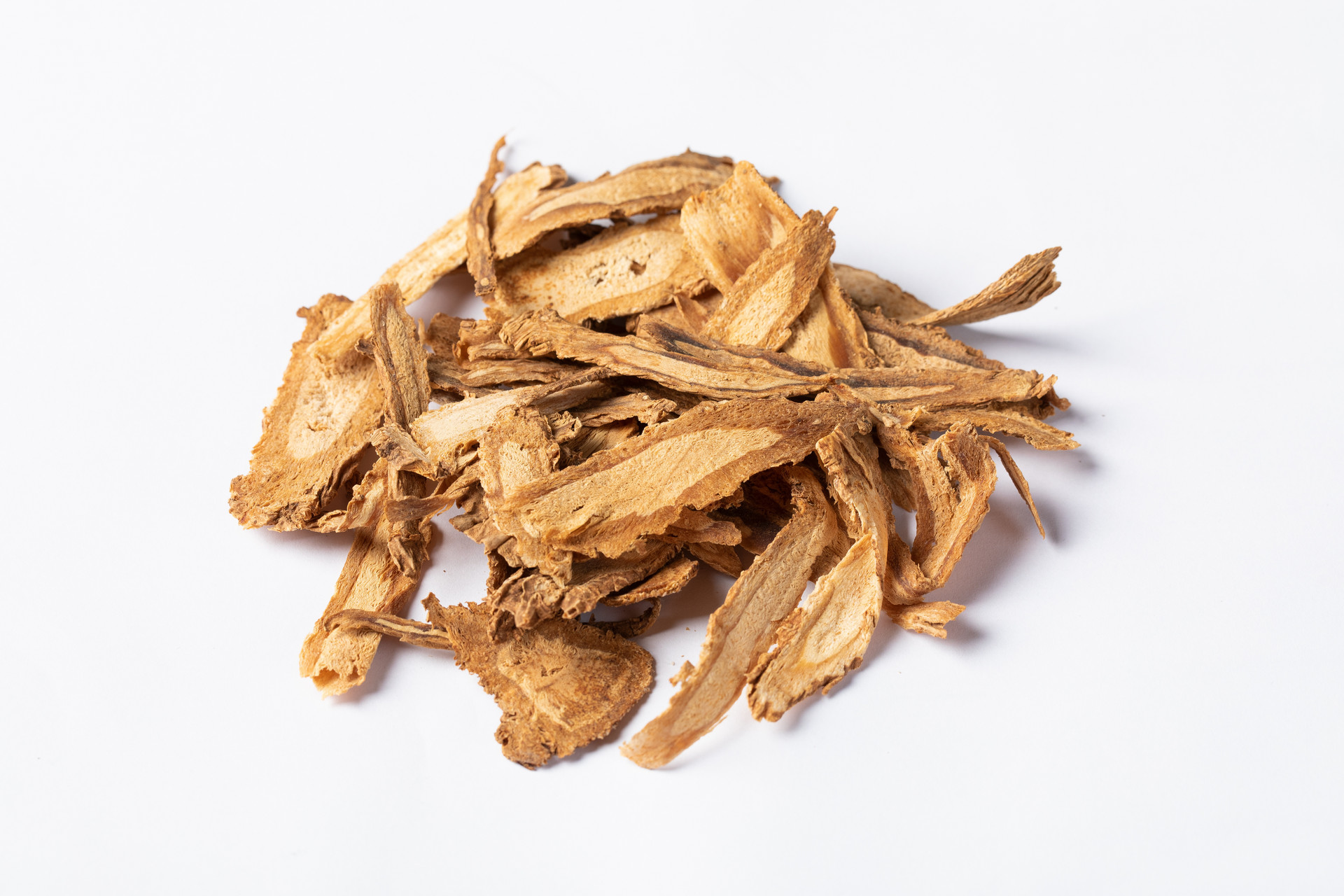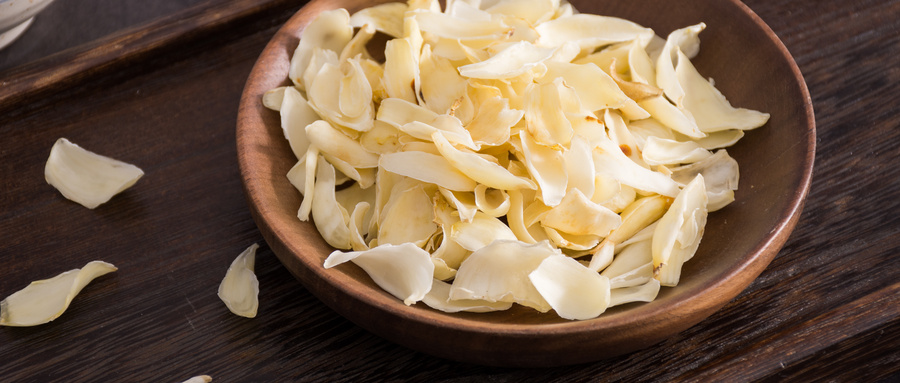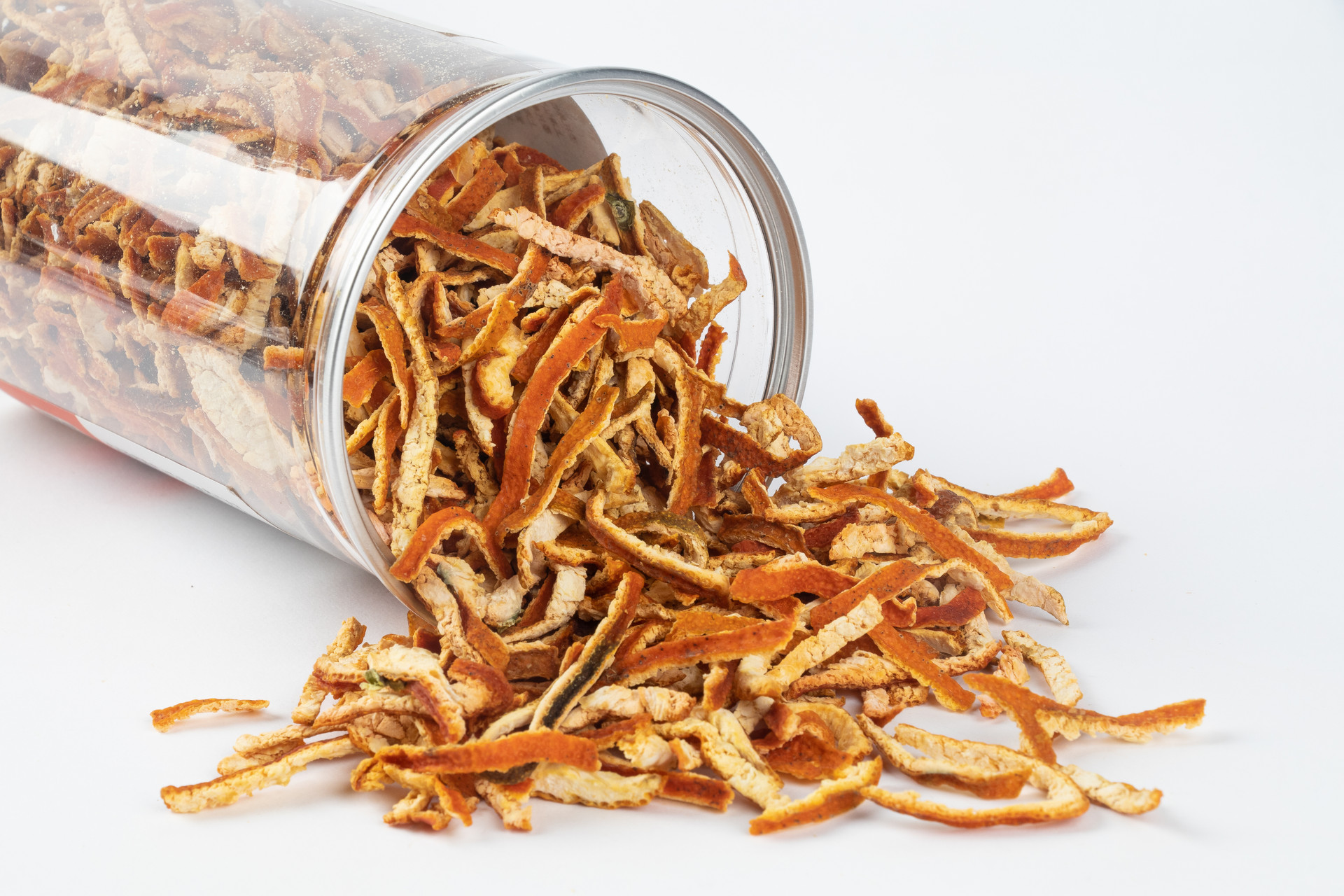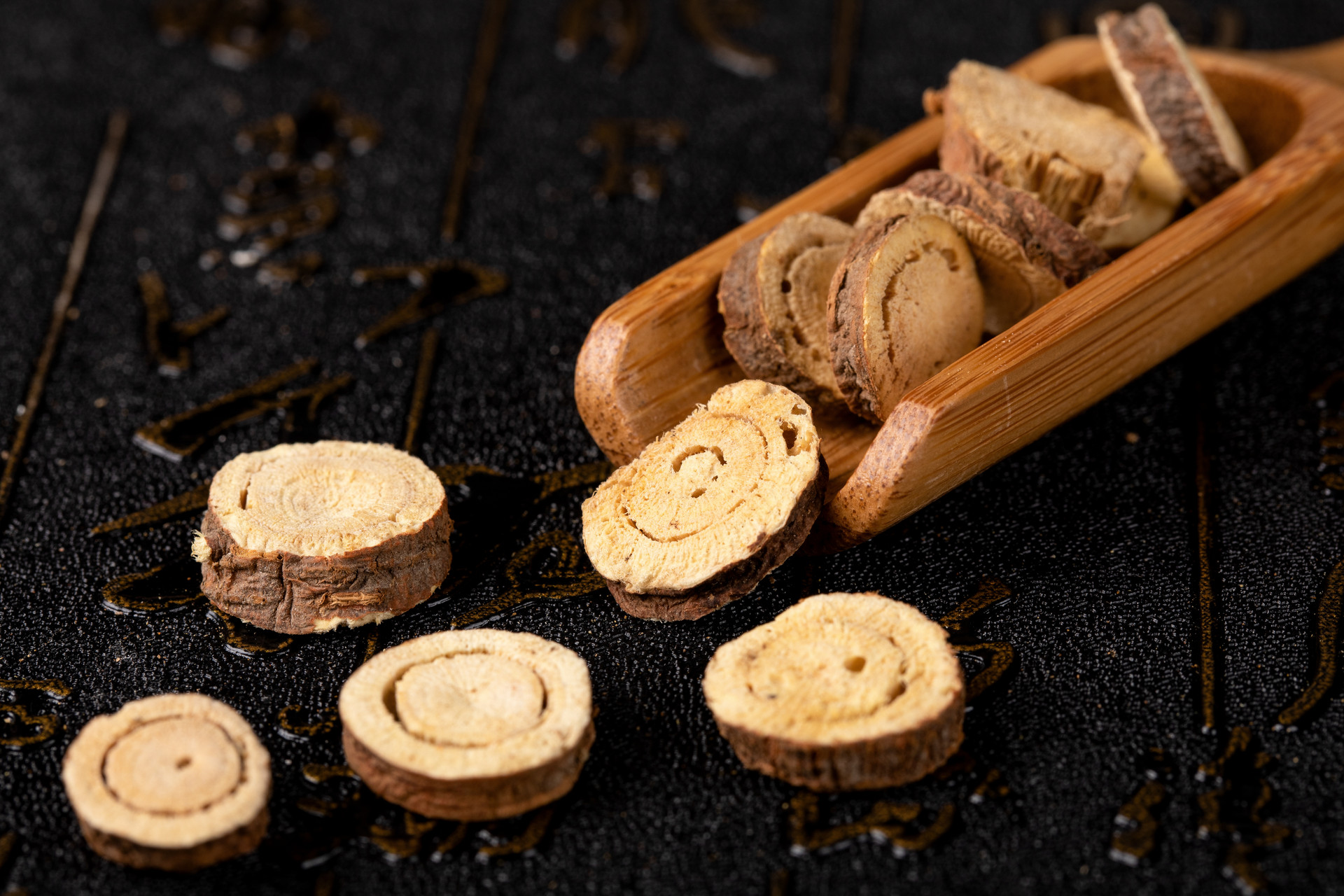Wangyue sand, also known as Mingyue sand or rabbit dung, is mentioned in the "Leigong Paozhilun". It is the dried feces of wild rabbits such as the Northeastern rabbit (Lepus mandschuricus Radde) and the South China rabbit (Lepus sinensis Gray). During the period of September to November each year, the wild grass is cleared away to expose the rabbit dung, which is then collected and cleaned of mud, sand, and other impurities before being dried in the sun.
[Processing Method] According to the "Yi Cao Shi Mu Ke Quan Shu": "Clean and dry." Currently, the raw medicinal material is taken and any remaining mud, sand, and grass debris are removed, and ash residue is sieved out.
[Appearance of the medicinal slices] They are slightly flattened spherical shapes with a rough surface and fibrous texture. Both the inner and outer parts are light brown or grayish-yellow. The texture is light and loose, easily breakable, and the cross-section is uneven. When rubbed by hand, it crumbles into fibrous fragments with a grayish-yellow-green color. It has a slight aroma and a slightly bitter and pungent taste.
[Processing function] Wangyue sand has a pungent and cold nature and belongs to the liver and lung meridians. It has the function of improving vision, eliminating opacity, and detoxifying and killing parasites. It is used for conditions such as dimness of vision, malnutrition, and hemorrhoids. For example, when combined with cicada slough, akebia stem, and licorice, it can treat children's rashes and opacity in the eyes (as mentioned in the "Shesheng Zhongmiaofang"); when combined with frankincense, it can treat hemorrhoids with continuous bleeding and pain (as mentioned in "Ji Yan Fang"). Processing can purify the medicinal substance.




